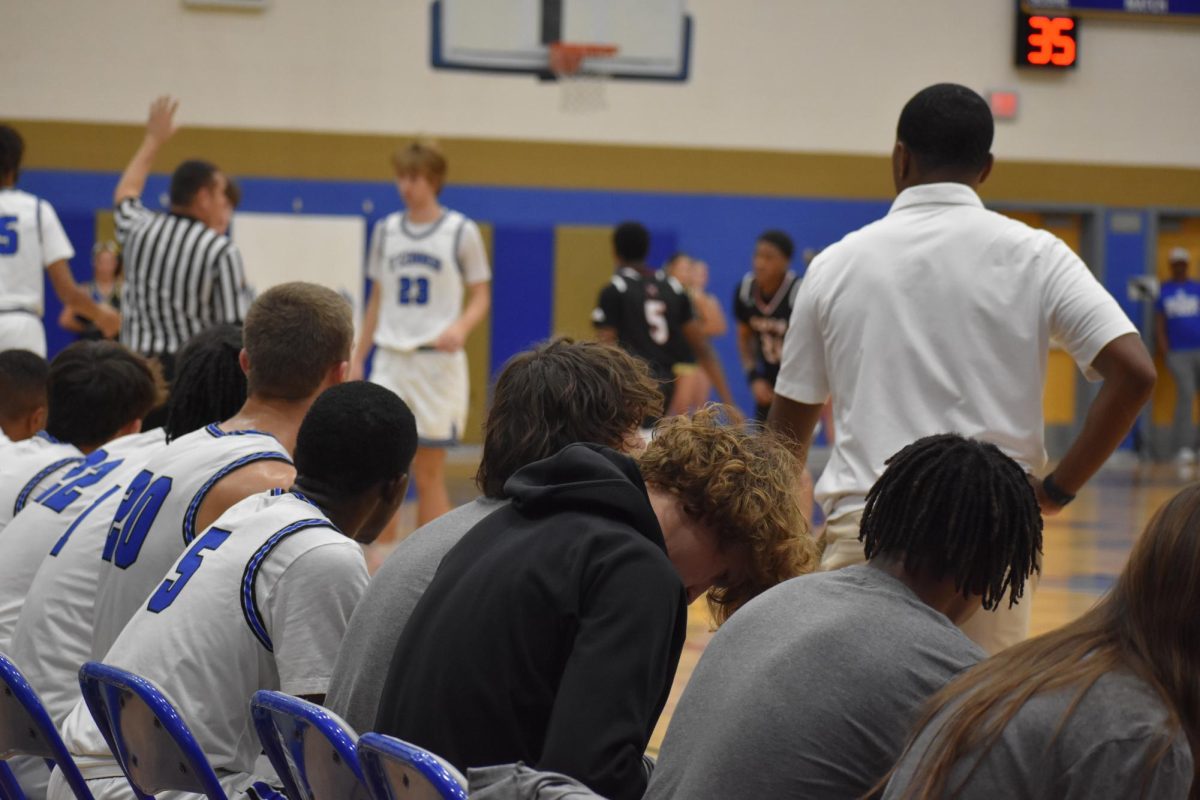It is not uncommon for students to have to transfer schools at some point in their high school career, but athletes are the ones who know the true consequences of such actions. Article 15 of the AIA (Arizona Interscholastic Association) Bylaws details the transfer rules applicable to students who switch schools either during or after completing a season of sports at their original high school and intend to play at a varsity level. Some of the limitations included in transfer rules involve having to sit out for 50% of the games in a sports’ season, as well as having to miss the first invitational tournament.
One of the reasons the AIA has these rules in place is to prevent unfair recruitment. Some worry if there was no playing time penalty, athletes would constantly be transferring to schools that were doing the best sports-wise, rather than focusing on their academics. However, sometimes that plan backfires.
“I didn’t move because of volleyball. I didn’t come to O’Connor for volleyball. I came because it’s a good school,” said Brooklyn Palmer, sophomore.
Although her motives were not sports related, she was still forced to sit for half of the 2023 fall volleyball season due to AIA rules. This is the case for many athletes who do not get a say in when or why they transfer schools.
“I wouldn’t be against that [one allowed transfer], because there’s certain situations that don’t get ruled hardships. But I also don’t think it was necessarily up to the kid whether they moved schools, and I feel bad for that kid not being able to play because of a thing they couldn’t control,” said Jason Rypkema, Athletics Director at OHS.
However, even while filing for hardships, many athletes have already begun to prepare themselves for their inability to play for half their season.
“I don’t really care about it, because I knew it would happen before I came here,” said Landon Wilson, junior.
This shows how some athletes have already accepted the fact that they cannot do anything to change their situation.
“I understand [the transfer rule] to an extent. I understand just moving schools- people obviously recruit, and it’s obviously preventing recruitment, but that wasn’t my case, so it’s frustrating since I moved cities,” Palmer said.
Hardships falling through and not working prevents students from playing to their full abilities and can cause many issues, mentally and socially.
“I always think when kids have to sit out, whether it’s for an injury, for transferring, or whatever else, kids and families don’t realize how hard that is on a kid’s mental state, because it is a struggle. When your teammates are doing something, and you’re seeing their success, or whatever else and you can’t be a part of it, that’s tough. And as much as a coach tries to get that person involved in the team and everything else, at the end of the day, during the game, you’re still sitting there and you’re watching someone else play, and that can be tough on a teenager,” Rypkema said.
Multiple athletes have explained their experiences involving missing the first half of the season, and the results may be surprising. According to these athletes, coaches tend to not give as much practice time to players who are ineligible, and not only does that affect an athlete’s morals, but also their abilities.
“It kind of messed with my game and now I have to build back up what I’ve missed,” said Jaden Maxey, sophomore.
Losing practice time can also affect a player’s relationship with their teammates; the beginning of the season being an integral time for team bonding. So now even while a player is dealing with missing playing time, they must also deal with the adversities of being a teammate.
“It sucks but, I mean, I believe in myself so I’m not going to get [upset] about it,” Wilson said.



